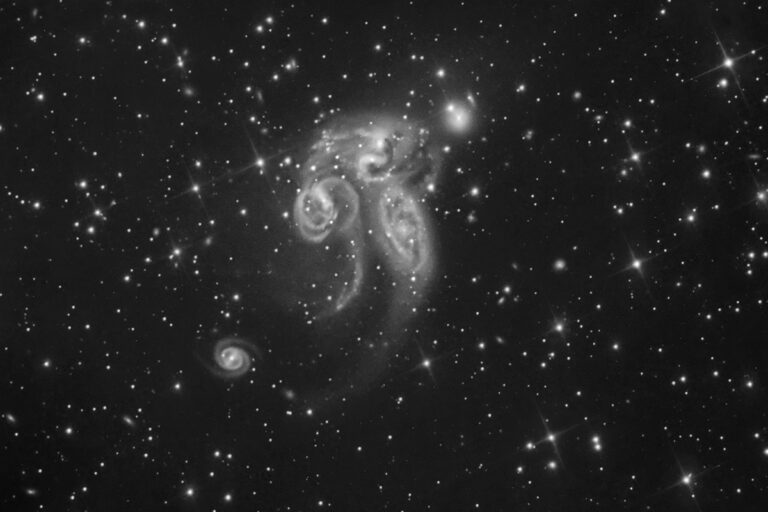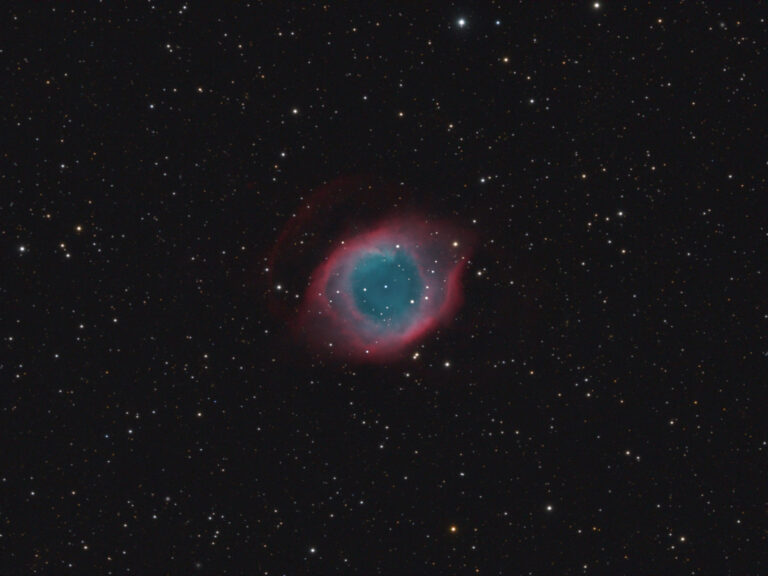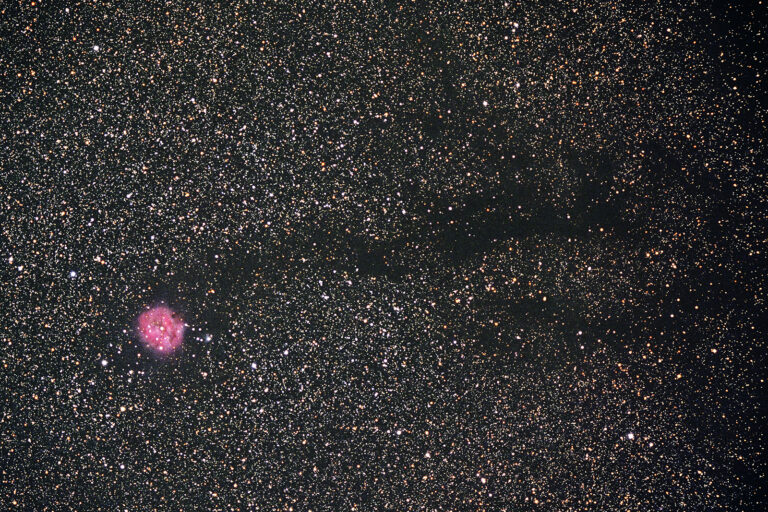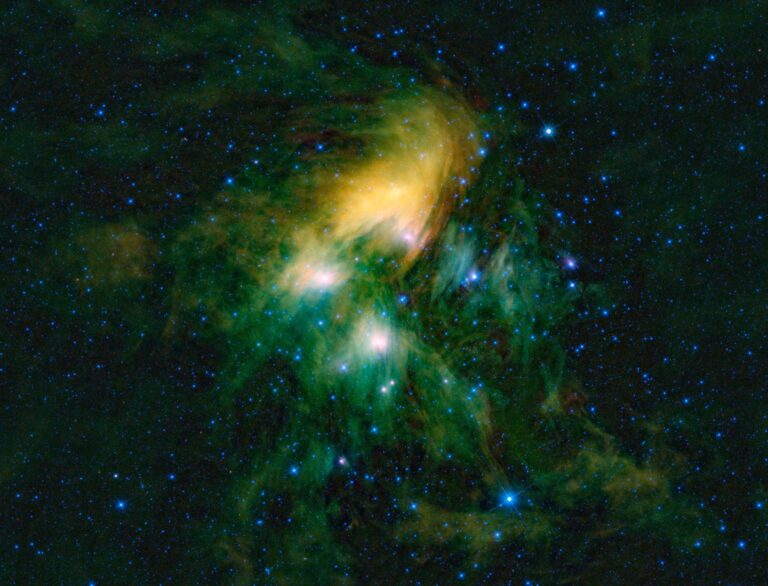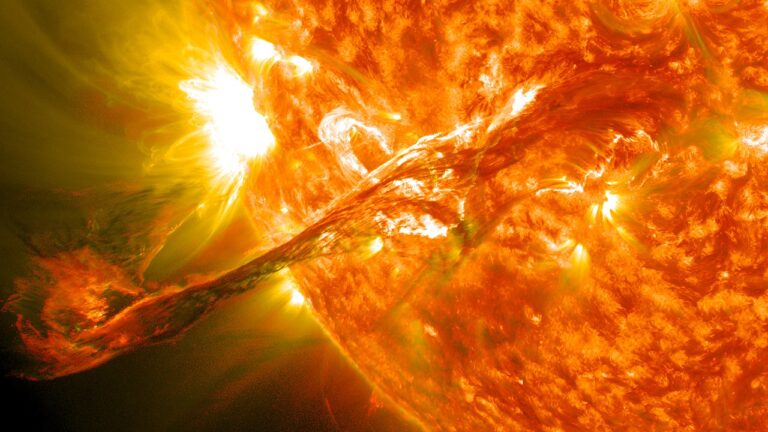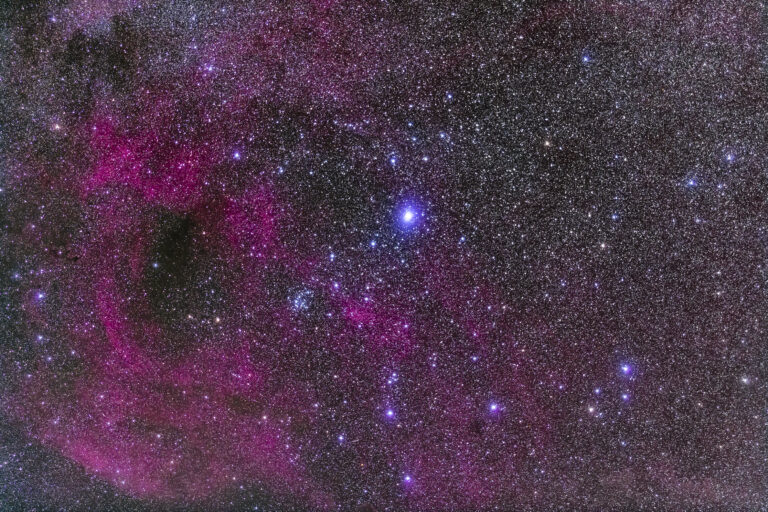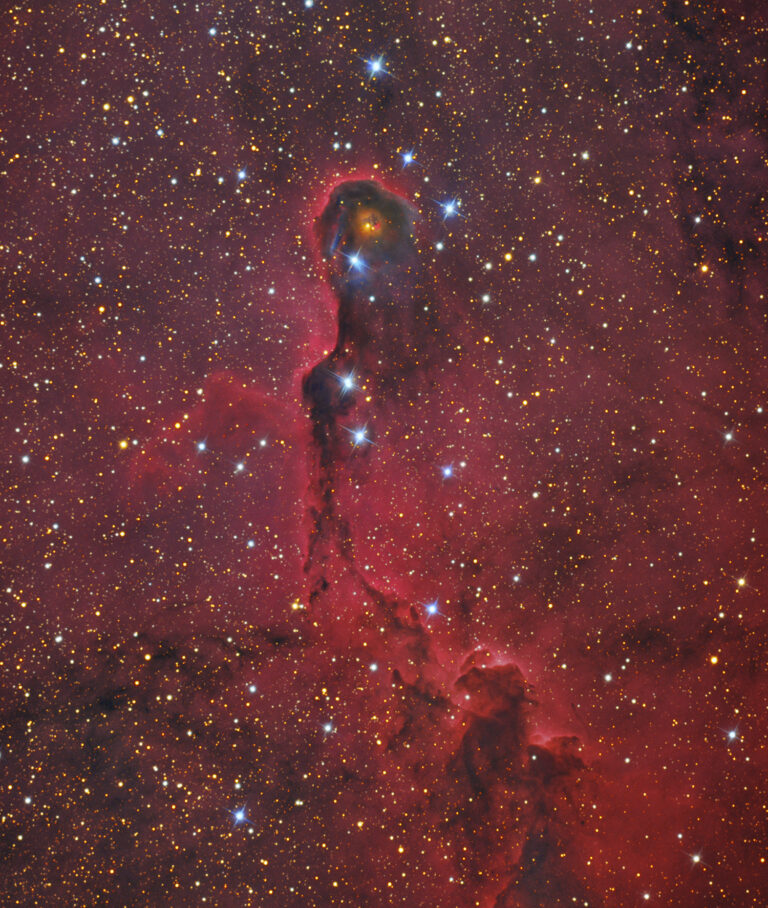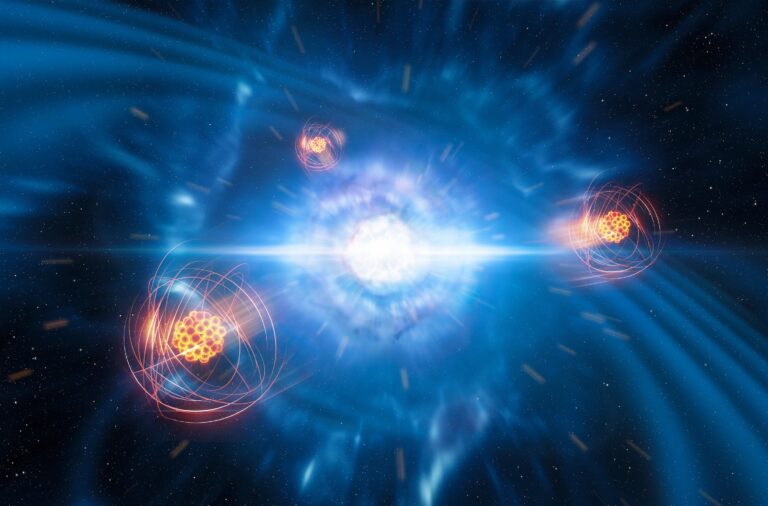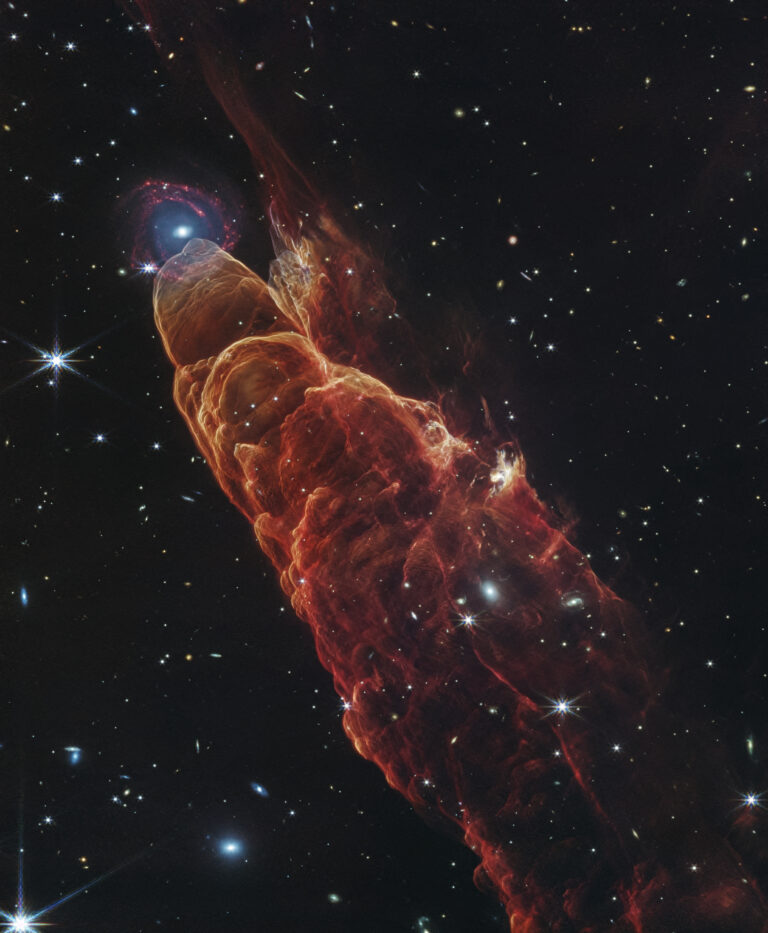Key Takeaways:
- NGC 2899 is a bipolar, butterfly-shaped planetary nebula recently captured by the European Southern Observatory's Very Large Telescope, located between 3,000 and 6,500 light-years away.
- Its formation is attributed to the death of one of two suspected stars at its center, where one star shed its outer layers and the other star influenced the flow of gas.
- The nebula's gas extends up to two light-years from its core, reaching temperatures exceeding 10,000 degrees due to radiation from its embedded parent stars.
- The distinctive bipolar (two-lobed) morphology of NGC 2899 is uncommon, occurring in only 10-20 percent of planetary nebulae, and is likely a characteristic of systems containing two stars.
The butterfly-shaped NGC 2899 appears to soar through the vacuum of space in a recent image captured with the European Southern Observatory’s Very Large Telescope. But this cosmic bubble of gas, located between 3,000 and 6,500 light-years away, isn’t as serene as the winged insect it resembles. In reality, this planetary nebula was produced by the death of one of two stars astronomers suspect lie at its center.
Astronomers believe one of the two stars shed its outer layers at the end of its life, while the other now dances through the flow of gas from its neighbor, creating this stunning space butterfly. The gas extends up to two light-years from the nebula’s center, glowing against the backdrop of in from the Milky Way. This gas can reach temperatures of more than 10,000 degrees, thanks to radiation from the parent stars buried within.
Not every planetary nebula looks like NGC 2899, though. Its so-called bipolar, or two-lobed, shape only occurs in about 10 to 20 percent of nebulae — likely those with two stars. Other planetary nebulae typically resemble a disk, ring, or sphere.
Tour some of the sky’s most stunning planetary nebulae with Astronomy columnist Stephen James O’Meara.


